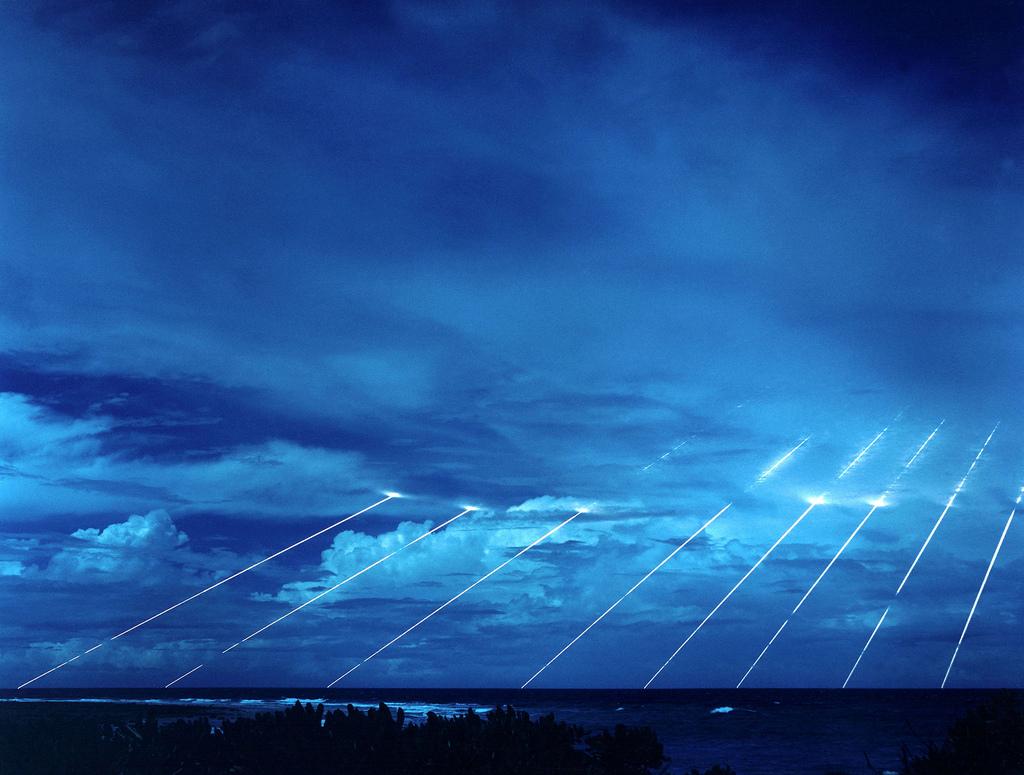Four models in search of a tailor
Posted By Rod Lyon on October 3, 2013 @ 06:00
 [1]At a seminar in the Stimson Center in late August, Brad Roberts, a former US deputy assistant secretary of defense, canvassed the future of US extended deterrence and strategic stability in Northeast Asia. In an attempt to wrestle with the question of whether or not extended deterrence needed further ‘tailoring’ in the region, Roberts sketched out four alternative models for the future. (The associated paper is here [2] (PDF).)
[1]At a seminar in the Stimson Center in late August, Brad Roberts, a former US deputy assistant secretary of defense, canvassed the future of US extended deterrence and strategic stability in Northeast Asia. In an attempt to wrestle with the question of whether or not extended deterrence needed further ‘tailoring’ in the region, Roberts sketched out four alternative models for the future. (The associated paper is here [2] (PDF).)
The four models can be briefly summarised as follows:
- a continuation of the current system, whereby US nuclear weapons are only forward deployed into the region during times of crisis
- a return to the system in vogue during the Cold War, when US nuclear weapons were routinely deployed in the region, both on land and at sea
- a NATO-like system whereby allies carry more responsibility for the stationing of warheads and provision of delivery systems, and are engaged in a high-level Nuclear Planning Group
- the emergence of a set of independent national nuclear arsenals that replicate British and French proliferation in the 1950s and 1960s.
The models offer a good starting point for a discussion about the future of extended nuclear deterrence and assurance in Asia, even though three of them aren’t especially tailored to current Asian requirements. The Cold War Asian model, for example, was there to counter the USSR (a symmetrical nuclear great power who often didn’t feel at home in Asia), a slowly modernising China and a non-nuclear North Korea, and to reassure a Japan in which the nuclear taboo was relatively stronger than it is today.
I suppose we could say the current system is tailored. But it might be better tailored to 1991 than to today. Yes, a reach-back system allows the US to forward deploy its theatre and tactical nuclear weapons in a crisis. But it carries with it questions about the circumstances in which such deployment might occur. Indeed, in the wake of the Syrian chemical weapons saga, are we going to find a US president seeking authorisation from Congress for that sort of move? What if the Russians come along with a plan to pre-empt deployment by energetic diplomacy?
The last two of the four options reflect European tailoring rather than Asian. Roberts admits the multilateral Nuclear Planning Group doesn’t readily translate to the Asian environment. And he argues that British and French proliferation wasn’t regionally destabilising in the same way that, say, Japanese proliferation might be—in large part because NATO ensured that the two European proliferators were already allied to many of their neighbours.
In all US allied countries there’s a range of opinions about what the nuclear future might look like. So it’s often a matter of judgment about which country favours which approach. Still, since Option 4 isn’t really an option for strengthening extended nuclear deterrence, I suspect most advocates of a stronger US nuclear link would favour a halfway house between Options 2 and 3. That sort of halfway house would seem to me to give allies in Northeast Asia what they want: a more robust US presence, rather than a fly-in, fly-out arrangement; a sense of shared engagement with the operational side of the nuclear deterrent; and a sense of ownership in nuclear planning. It’s true that the European model is far from a perfect fit for Asia—there’s nothing like NATO to bring the cohesion of that theatre—so part of the tailoring exercise here will mean designing something new that addresses the key requirements.
Australia doesn’t feature prominently among the US allies with which the US feels it needs to buttress its current extended nuclear deterrence and assurance arrangements. Japan and South Korea obviously rank higher. But Canberra will need to keep a careful eye on what the US is doing with its Northeast Asian allies—an important piece of regional security architecture is being redesigned here, and it has implications for our own arrangements with the US.
For nuclear disarmament aficionados, the disappointing news will be that Roberts’ models contain no model for a diminished US extended nuclear deterrence role in Asia. That’s because a weakening US nuclear engagement in the region could well cause its own allies to lose faith and proliferate. In many ways, that would be the most destabilising outcome of all.
Rod Lyon is a non-residential fellow at ASPI and an adjunct associate professor at the Griffith Asia Institute. Image courtesy of Wikimedia Commons [3].
Article printed from The Strategist: https://aspistrategist.ru
URL to article: /four-models-in-search-of-a-tailor/
URLs in this post:
[1] Image: https://aspistrategist.ru/wp-content/uploads/2013/10/5010189991_1383809e12_b.jpg
[2] here: http://www.nids.go.jp/english/publication/visiting/pdf/01.pdf
[3] Wikimedia Commons: http://en.wikipedia.org/wiki/File:Peacekeeper-missile-testing.jpg
Click here to print.